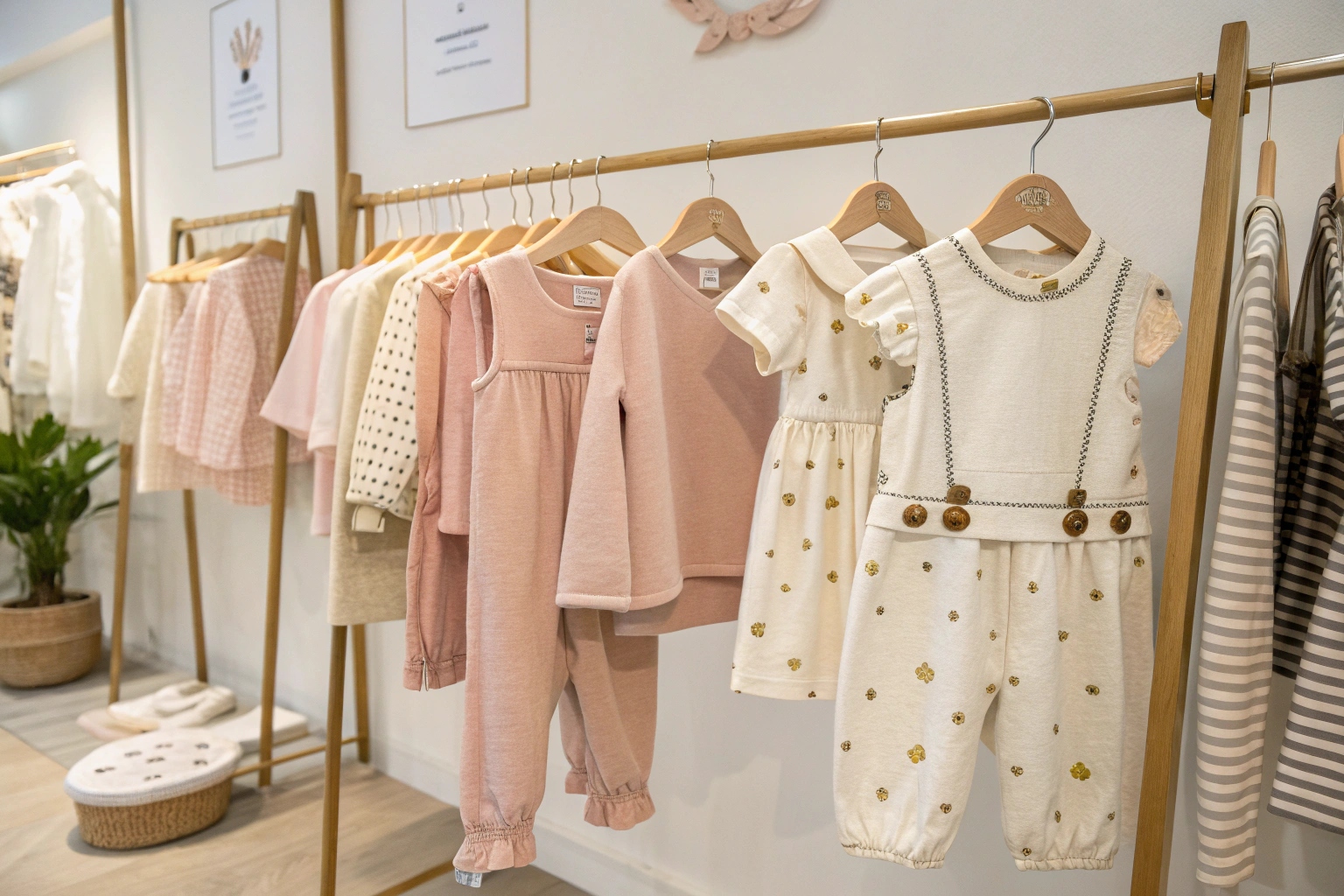Most apparel brands know sustainability is important, but the jump from fast fashion to eco-conscious production often feels overwhelming.
Capsule collections make the transition to sustainable production manageable by focusing on small, intentional batches, reducing waste and risk while building brand trust.
If you're in fashion sourcing, you're likely feeling pressure from both customers and retail partners to "go green." But that doesn't mean overhauling your entire operation overnight. Let's explore how capsule strategies offer a smarter, low-risk path forward.
What Are Eco-Friendly Capsule Collections?
Many fashion companies want to become more sustainable, but large-scale change often feels too expensive and risky to test.
Eco-friendly capsule collections are small, curated groups of garments made using sustainable materials, ethical production, and limited quantities to minimize waste and test market responses.
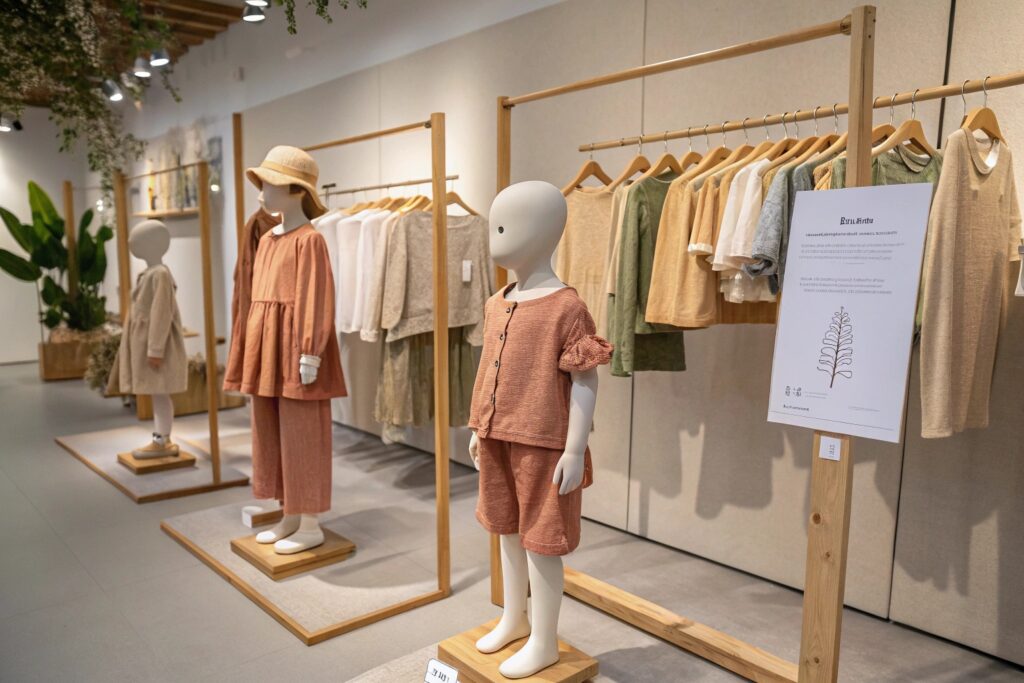
How do capsule collections reduce risk for brands transitioning into eco-fashion?
Capsule collections reduce financial risk by limiting production to only a handful of SKUs. You don’t have to gamble on full collections that might not sell. Instead, you test what resonates. For example, a brand might launch just 8–12 mix-and-match items, all made from organic cotton or deadstock fabric. This allows us to evaluate material performance, production feasibility, and customer feedback without major commitments.
As a clothing manufacturer, I’ve helped many of our North American clients at Fumao Clothing execute their first capsule. They often begin with one core material, like bamboo viscose or recycled polyester, and focus on just one customer segment—women’s athleisure, or kids' organic basics. This laser focus helps simplify messaging, manufacturing, and logistics.
Capsule collections also align well with seasonal promotions or campaign testing. Brands can time a capsule launch with Earth Day or Back-to-School seasons, which instantly increases visibility and relevance.
Why are eco capsules ideal for brands with low MOQ suppliers?
When working with factories that offer low minimum order quantities, capsules make more sense. Rather than meeting a 10,000-unit target for multiple designs, a capsule might only require 300 pieces per SKU. At Fumao, for instance, our factory supports small batch production with DDP delivery. This lets brands go to market quickly, stay lean, and still control costs.
Capsules are also more transparent. Because fewer styles are produced, brands can document and share the entire supply chain story. Whether it’s GOTS-certified cotton or digital water-saving printing, each detail enhances customer trust.
Why Fashion Buyers Embrace Sustainable Capsules
Fashion buyers often struggle to forecast trends and hit sustainability goals while managing budget constraints and delivery windows.
Sustainable capsule collections provide an agile solution that aligns with both commercial success and corporate responsibility goals.
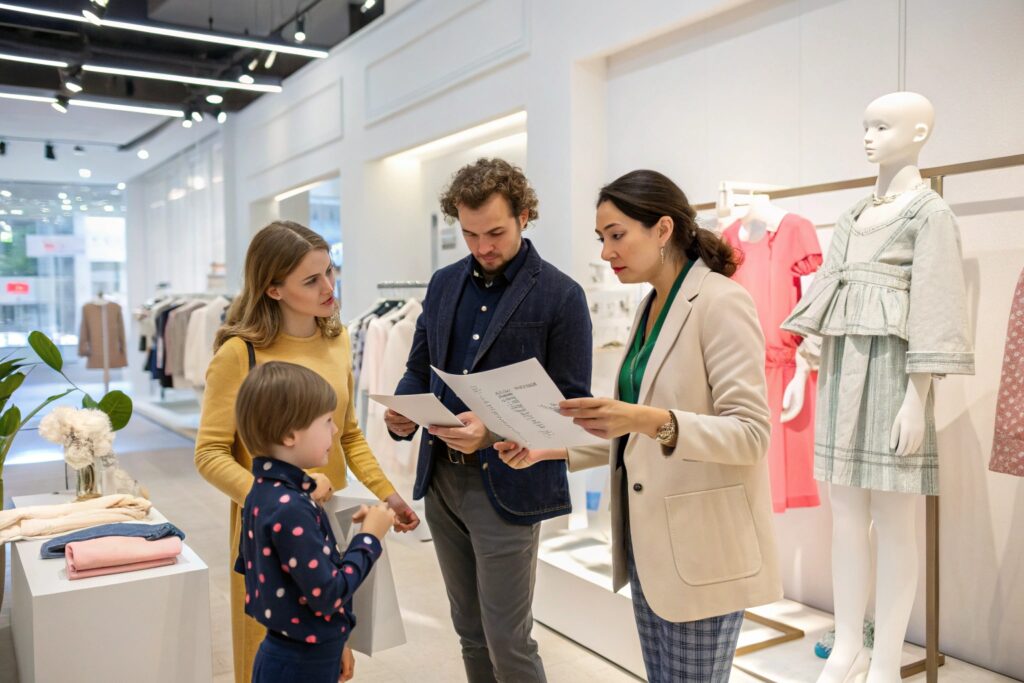
How do capsule collections improve buyer confidence in new product launches?
From what I’ve seen, fashion buyers are much more willing to onboard new, eco-conscious lines when they're presented as capsule collections. Instead of being overwhelmed by an entire green relaunch, buyers can focus on 8–15 items. This simplifies merchandising and allows them to test sell-through rates with minimal risk.
Capsules also create a sense of exclusivity. Buyers like to position these collections as “limited edition” or “special drop,” which drives urgency among consumers. This limited availability also mitigates overstock concerns.
The story matters too. Buyers are constantly looking for compelling marketing angles. With a well-executed sustainable capsule, we can give them stories about closed-loop fabrics, traceable cotton farms, or reduced carbon logistics. These stories sell.
Why are sustainable capsules more likely to get shelf space in retail stores?
Retail space is expensive. Buyers have to be strategic. Eco-friendly capsules offer them high ROI per square foot. Smaller displays with clear green messaging—like "100% recycled," "zero-waste dyes," or "plastic-free packaging"—stand out. They draw conscious consumers and help stores hit their sustainability KPIs.
At trade shows, when we pitch sustainable capsules at our Fumao booth, buyers consistently ask, “Can we get this story on hangtags?” They understand that storytelling sells. If you’re sourcing from China or Vietnam, choose a factory like ours that can customize your labels, packaging, and even point-of-sale materials to strengthen your retail narrative.
Capsule Strategies for Reducing Overproduction Waste
Many brands overproduce inventory, tying up capital and flooding the market with discounted unsold items.
Capsule collections limit SKUs and quantities, allowing brands to align supply with demand, improve inventory control, and reduce fashion waste.
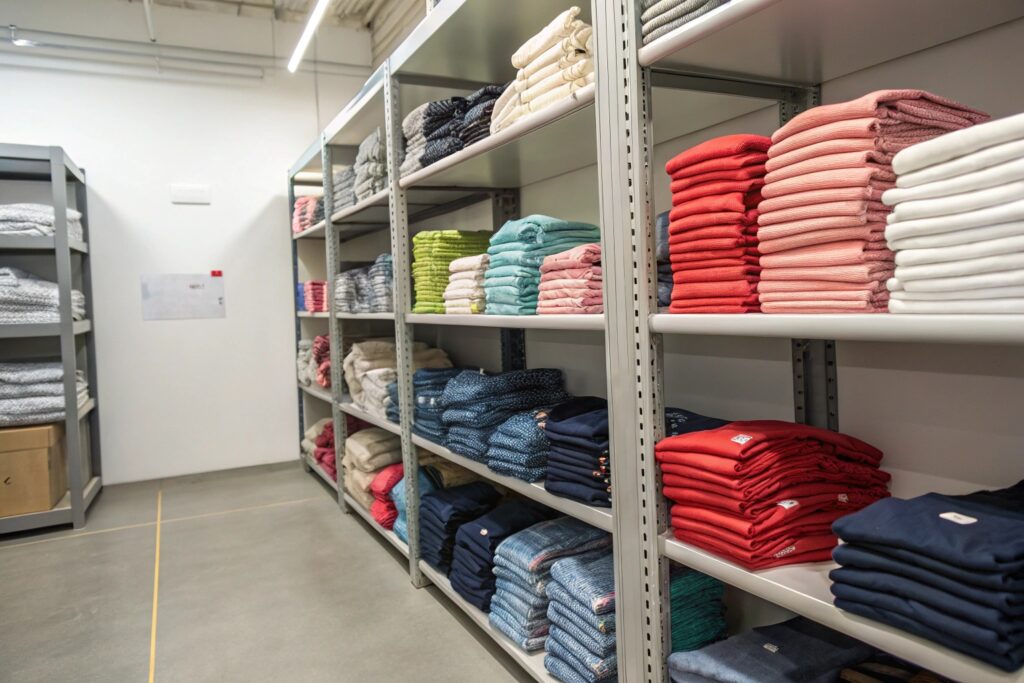
How do capsule collections address the problem of unsold inventory and markdown pressure?
Overproduction leads to markdowns, warehouse congestion, and brand devaluation. Capsules, by design, are meant to be lean. With fewer styles and controlled quantities, there’s less leftover stock. At Fumao, we often recommend pre-orders or short lead-time drops to gauge demand before scaling up.
This “drop model” works well for many of our European clients. They introduce a capsule on social media or via email campaigns, accept pre-orders for 2–3 weeks, and only produce what’s sold. This avoids waste and creates hype.
We also advise clients to launch capsules around tight collections like 5 core pieces in 3 colorways each. That’s just 15 SKUs to manage, which simplifies inventory planning. If a piece sells out, it signals strong demand and justifies a larger second run—again, based on real data, not guesses.
Why is capsule planning better suited for digital-first brands or DTC channels?
Direct-to-consumer brands benefit most from capsules because they have full control over messaging and customer engagement. Using capsule drops, brands can drive urgency and test different price points, fabric types, or silhouettes.
For instance, one of our North American DTC clients launched a “Zero-Waste Lounge Set” capsule made from recycled cotton and plant-dyed hemp. They sold 80% within the first two weeks, and used that success to secure a wholesale contract later. This strategy kept their operation capital-light while positioning them as sustainable pioneers.
Capsules also integrate well with analytics. Brands can A/B test different product descriptions, images, or launch sequences to refine future capsules. Over time, this data builds a sustainable yet profitable roadmap.
How Small Batch Capsules Support Green Branding
Consumers are more vocal than ever about brand values. They demand authenticity, and they spot greenwashing easily.
Small batch capsule collections reinforce a brand’s commitment to sustainability by showcasing transparency, innovation, and thoughtful design.
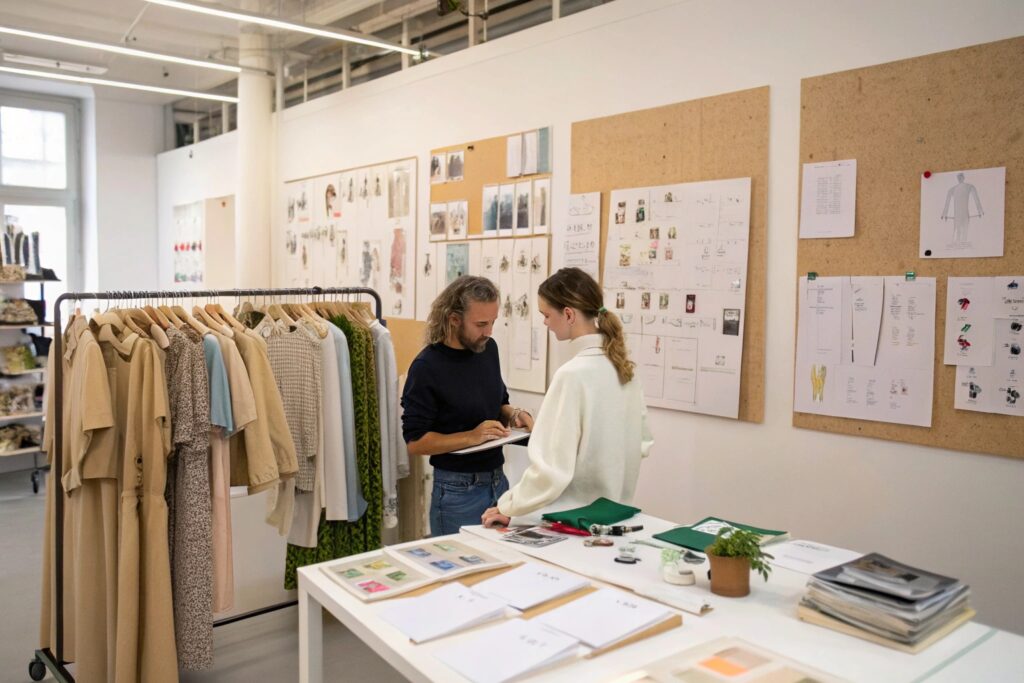
How do small batches enhance a brand’s credibility with eco-conscious consumers?
Big sustainability claims often fall flat unless backed by action. Capsules help bridge that gap. When a brand releases a tightly focused, eco-friendly capsule—say, 10 pieces made with regenerative fibers—it becomes a proof point, not just marketing fluff.
At Fumao, we support this by offering traceable production logs and digital certificates. This allows brands to post behind-the-scenes content, like videos from the dyeing process or snapshots of their raw materials. These assets enhance transparency and connect emotionally with consumers.
We also suggest including QR codes on tags that link to product journeys. One of our clients saw a 25% increase in customer engagement just by adding scannable tags with production stories. In small batches, it's easier to monitor every piece, ensuring consistency and reducing quality complaints.
Why do small capsule runs encourage experimentation with sustainable materials?
Trying something new on a mass scale can backfire if it doesn’t perform well or meet customer expectations. Capsules allow us to experiment—biodegradable buttons, mushroom leather, seaweed knits—without major financial risk.
Smaller runs also allow brands to work with newer mills or innovative suppliers who may not be ready to scale up. We’ve partnered with clients testing new dyeing techniques like clay-based pigments or CO₂ dyeing. A 500-piece capsule is the perfect testbed for these.
The feedback loop is faster too. Brands can gather customer reviews, monitor return rates, and fine-tune their designs for the next launch. This iterative approach strengthens both product quality and brand loyalty.
Conclusion
Eco-friendly capsule collections give fashion brands a low-risk, high-impact way to move toward sustainability while boosting brand trust and operational efficiency.

